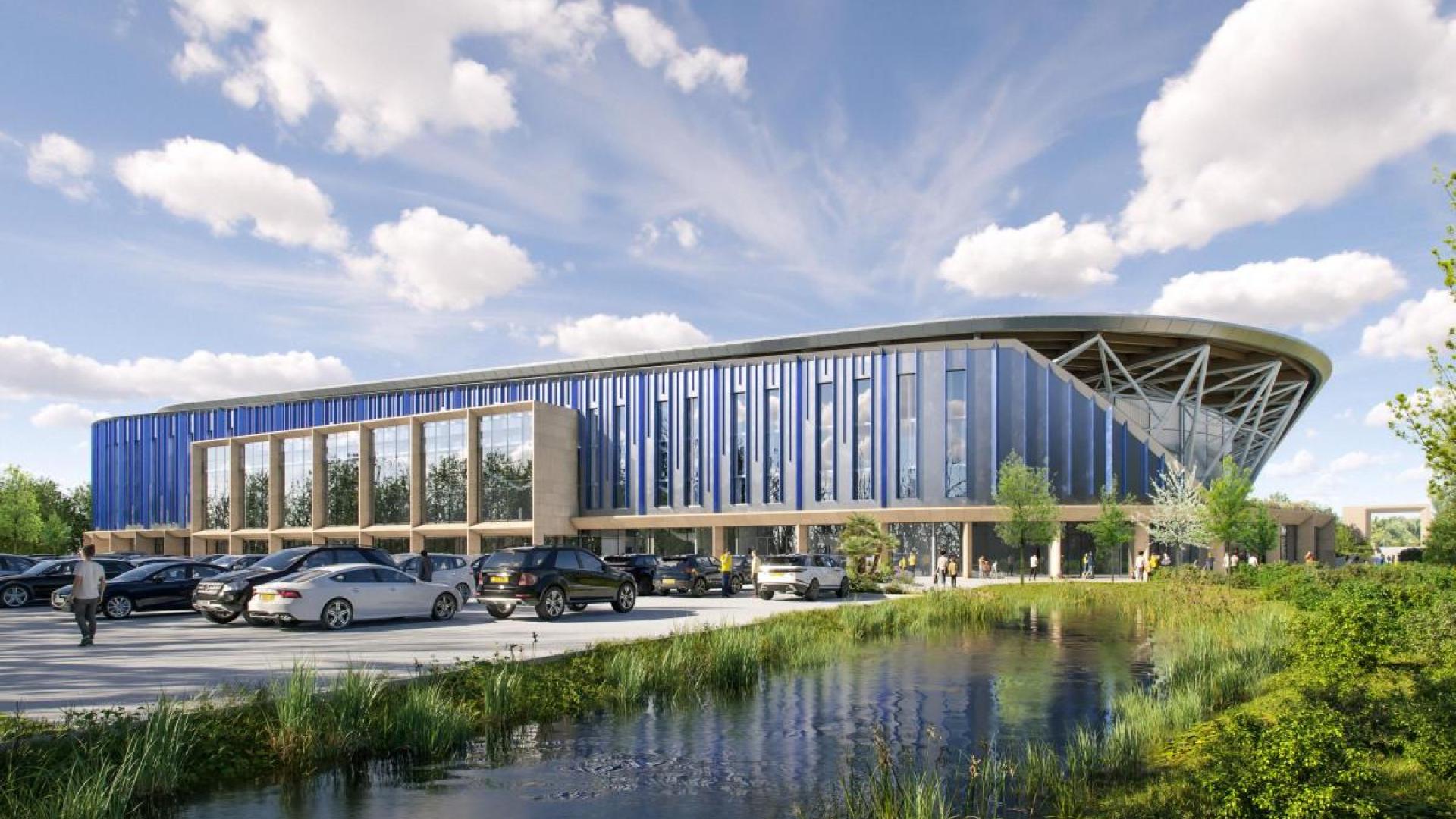Proposal:
Proposal Number 24/00539/F. Erection of a stadium (Use Class F2) with flexible commercial and community facilities and uses including for conferences, exhibitions, education, and other events, club shop, public restaurant, bar, health and wellbeing facility/clinic, and gym (Use Class E/Sui Generis), hotel (Use Class C1), external concourse/fan-zone, car and cycle parking, access and highway works, utilities, public realm, landscaping and all associated and ancillary works and structures.
Land to the east of Stratfield Brake and west of Oxford Parkway Railway Station, Oxford Road, Kidlington
Our Response:
Oxford Preservation Trust (“OPT”) welcome the opportunity to review and comment on the submitted documents in relation to the current planning application for the erection of a new stadium for Oxford United Football Club, on land to the east of Stratfield Brake in Kindlington.
The location of the proposed new stadium is at Stratfield Brake, which is located to the south-west of Kidlington. The application site is completely washed over by the Oxford Green Belt designation. The Green Belt in this part of the City provides an important role in retaining the ‘green gap’ which exists between Oxford and Kidlington. In line with one of the 5 purposes of the Green Belt (NPPF, Para. 143) it prevents the two developed areas merging into one another. Any development on this existing green belt gap has the potential to significantly harm this specially protected area of green space.
The Government and local planning policy attaches great importance to Green Belts. Paragraph 142 within the National Planning Policy Framework is clear, in that the fundamental aim of Green Belt policy is to prevent urban sprawl by keeping land permanently open; the essential characteristics of Green Belts are their openness and their permanence.
OPT considers that the fundamental issue for Officers to consider are the requirements of paragraphs 152 to 155 of the NPPF, and whether ‘very special circumstances’ have been demonstrated that would outweigh the presumption against development in these specially protected areas. Paragraph 152 states: “Inappropriate development is, by definition, harmful to the green Belt and should not be approved except in very special circumstances.” Paragraph 153 then goes on to say that ‘very special circumstances’ will not exist unless the potential harm to the Green Belt by reason of inappropriateness, and any other harm resulting from the proposals, is clearly outweighed by other considerations.
OPT believe that insufficient information has been provided to enable a robust assessment of all the potential implications to allowing such a large-scale development at this site. Notwithstanding the Green Belt tests and the requirement of the applicant to demonstrate ‘very special circumstances’, there still appear to be questions that need to be answered by the applicants over the transport implications and the sustainability credentials of the proposal, including a whole life carbon assessment for the proposed stadium.
On an associated point, in terms of embodied carbon, OPT consider it unfortunate that should this application be permitted, it would result in the existing stadium being redundant. In terms of sustainability, it is undesirable to propose a new build stadium and leaving the existing stadium to potentially be unused or demolished to make way for some form of alternative development. The embodied carbon implications of this should be taken into account when considering the sustainability of the current proposal.
On balance, therefore, OPT do not feel that sufficient information has been provided as part of the current suite of application documents to warrant a departure from national and local planning policy at this stage. We urge the applicants to address the issues highlighted within our, and other consultation responses.

